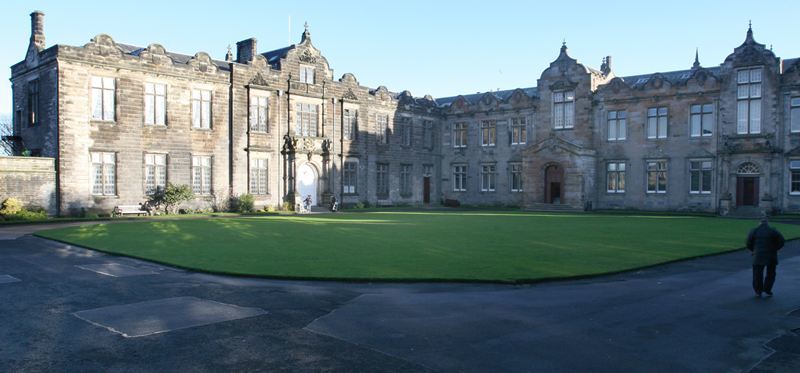Increased use of technology has led to a rise in the number of students caught trying to cheat their way through courses at St Andrews University.
Officials yesterday admitted a trend towards electronic submissions had contributed to a rise in plagiarism, but insisted it is a not a huge problem.
Statistics obtained using freedom of information legislation revealed the number of students pulled up for “academic misconduct” at the country’s top universities had rocketed in recent years.
A total of 276 students were caught cheating at St Andrews University over the last five years.
However, a spokeswoman for the institution said technology, while at least partly to blame for an increase in plagiarism, was also making it increasingly easy to trace culprits.
She also pointed out that the number of students attempting to beat the system remains relatively low.
“The percentage of students caught plagiarising remains at less than 1% over the last five years,” she told The Courier.
“The increase in the actual number of cases of plagiarism is a reflection of the upward trend in the submission of work electronically over the same period.
“In addition, the university… widely uses an online ‘plagiarism detection’ service which enables academic staff to carry out text-based comparisons of student work against a vast archive of electronic resources.”
Around 30 out of the 4800 students caught cheating across Scotland between 2005 and last year were removed from their course.
A spokesman for the University and College Union Scotland said, “As information is easily available online and essays can be purchased on the internet, it may seem like an easy option to those under a great deal of pressure.”
NUS Scotland president Liam Burns said cheats are more likely than ever before to be caught.
However, he warned academic staff not to be heavy-handed.
“Much of this increase in plagiarism figures will be down to improvements in catching people rather than a worrying trend,” Mr Burns said.
“However, universities must be careful to use detection software as a way to prevent plagiarism rather than an easy way to punish people.”
